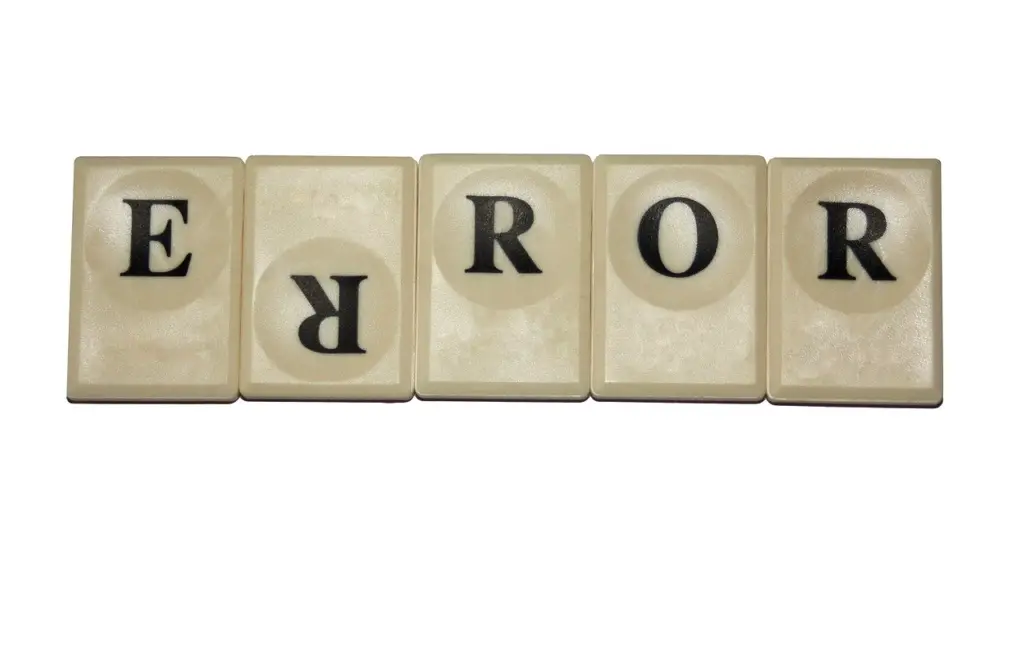
Promotion of sites in search tops is an excellent and affordable way of earning and self-advertisement. However, everyone knows that SEO requires straightforward and step-by-step work, which may seem too time-consuming. Hiring a digital marketing agency that has worked with businesses in your industry is the best option if you choose to outsource your SEO efforts. It’s like an automotive eCommerce brand hiring the automotive advertising agency, it just works better.
Today, we’d like to discuss several primary ways of improving your SEO results and Google search positions.
Most of our SEO techniques are suitable for all sites. So, here are the key tips you can use for a website promotion on Google:
- analysis of competition;
- work with domains;
- collection of semantics;
- site markup for search robots;
- uniqueness and indication of authors;
- work with content;
- increasing of external quotes and links;
- correction of technical errors.
Above, we’re going to discuss the most efficient and, at the same time, simple methods.
Elimination of Technical Errors

We’d like to open our top with this technique for one reason. Nowadays, most site owners (even newcomers) know everything about the completion, analysis, and even semantics. But what really bothers most sources is technical errors.
First of all, we may face the wrong choice of redirect when you need to redirect the user from one page to another. You can often see such errors’ codes like «301» (Google excluded this page from the index using the redirect), «302» (for a temporarily closed page – for example, when an item is out of stock).
Each site has a so-called crawling budget. This is the volume of pages that a search robot processes per day. Redirect errors will waste this budget on unnecessary pages, and the entire site will not be indexed, which is especially critical for large resources.
Experts recommend avoiding duplicates, i.e., the repeat of one page/content. Search engines have a negative attitude towards duplicates. Robots simply cannot comprehend which of the duplicates treat as the main one.
Errors in the code will also provoke much more unpleasant consequences than you may think of. Be careful in layout, including micro-markup. Layout errors can result in incorrect index or content «invisibility» for Google.
Anyway, technical errors are too complicated area to deal with, especially if you just started your SEO carrier. The problem requires certain experience and skills that special online services may compensate. Nowadays, you can check website errors using free or quite affordable apps/resources.
SEO Competitor Analysis

Before you start raising a site in search, you need a competitive analysis. Firstly, try to estimate what is going on in organic search in your field and region and whether you can profit here. Thus, you will understand whether it makes sense to throw all resources on SEO website promotion.
Please remember that SEO is a work with a long-term result, it will not start bringing raises right away, and the higher the competition, the longer it will take to reach the tops.
Once you decided to conduct a full-scale analysis, pay special attention to:
- Whether you can see sufficient demand in your region. You can also search for statistics on the income and interests of the locals to evaluate how well your product may be welcomed.
- Whether you offer too exotic products/services. If the product is unknown, there will be no organic requests for it. People just are not familiar with the concept and, consequently, don’t look for it. In this case, we’d better recommend conducting a massive advertising campaign to create interest in the product and start raising your site to the top.
- Quality of competing sites. Analyze their inbound links using various SEO tools, evaluate the quality of the content (uniqueness, topic coverage, photos, and video), check the level of user-friendliness.
Development of a Semantic Core

The semantic core is a set of all queries by which your site can appear in search results. Consequently, the more such elements you include in your content, the greater if you can promote your source in the search. This will mean for the search engine that your content fully meets users’ needs.
Once again, to improve your position on Google, you may borrow more successful colleagues’ experience. It’s easy to collect your own semantic core if you:
- collect semantics from competing sites;
- analyze the keys (remove the unsuitable ones and add the ones you need);
- arrange keys into groups;
Basically, few users collect the semantic core manually. We recommend using SEO services. They will not only collect and cluster keys, but they will also show you their characteristics.
Authorship
Search engines prefer to rank trusted sites at the top of the results. Trust largely depends on authorship. You may greatly improve your positions if you simply indicate who owns the site and who creates the content.
Here are the ways to help readers/visitors, as well as Google search engines, trust you more:
- add an “About us” page with information about the company, its history, contact information, address, team members.
- always mark the authors and accompany their names with brief biography information – thus, they will look more animate and amiable;
Mark Site Pages for Search Engines
Search robots “see” your site better due to several types of markup. Roughly speaking, you make a map to show the robot that you have these pages on your site with those types of content.
Thanks to this markup, robots will not miss a single page of the site and will also know what kind of content to display in search results.
Content Development
Google search engine algorithms follow only one aim – to give the users what they are looking for. The top lists include only the most suitable recourses that strictly answer the search request.
Here are the characteristics of the content you should mind to get to the top. Your content should be:
- unique – copy-paste or rewriting will not do;
- helpful – your content should solve the user’s problem;
- relevant – it should also solve an existing up-to-date user’s problem but not the problem that was relevant three years ago;
- structured – a good article or post always features clear division into sections and paragraphs, highlighted subheadings, and important thoughts;
- full – the content covers your topic entirely;
- graphic – we compulsory need pictures and videos. Text-only content is much less likely to make it to the top.
Also, don’t forget to add meta tags for each page:
Title – it’s a tag with a page title up to 70 symbols long. Users will see it in the header of the snippet in the SERP.
Description – the short description of the page is usually located under the title of the snippet. Limit yourself to 150 words and try not to duplicate the title.
Keywords are words by which the page will be promoted.
High-Quality External Links and Quotes
If other sites quote your site, it increases your search engine reputation. Without dofollow links, you will not advance your site in search results.
But quality is urgent here. One external link on a reputable and useful site is better than a dozen on third-rate forums. The application of links can lead to the greatest effect when you deal with new sites. An old resource with a good rating and high-quality links somehow gives them a part of its «power» and readers’ trust.
Please pay attention that the referring site should belong to the same theme field as yours. Otherwise, it will be very suspicious for a search engine if it notices a link to BBQ and grills in tire fitting in children’s online store.
You can also post external links on social networks. But in this case, the search engine will take into account not the presence of a link but the appearance of a brand on a social network, which is a good signal that people are interested in you.
Quotes work similarly to external links. Search engines track mentions of your brand (the name of the company, experts, authors). The more you generate such mentions, especially in a positive context, the more likely your site will be promoted to the top search engines.
Conclusion
Many consider SEO too tedious, but you’ll be greatly surprised by how efficient it may be for your Google position promotion. We will not do without SEO processing if we want to conquer all tops, even with massive ads.
We hope our short list of tools will help you promote your site. But we’d like to repeat it once again that all these tips barely work half as efficiently as their combination. Instead, use SEO promotion in a comprehensive manner, constantly mixing technical errors, content, semantics, and so on.




![Guide To Using JCP Kiosk – [ Features & Benefits ]](https://thefutureofthings.com/wp-content/uploads/2024/03/image-4-358x358.png)





